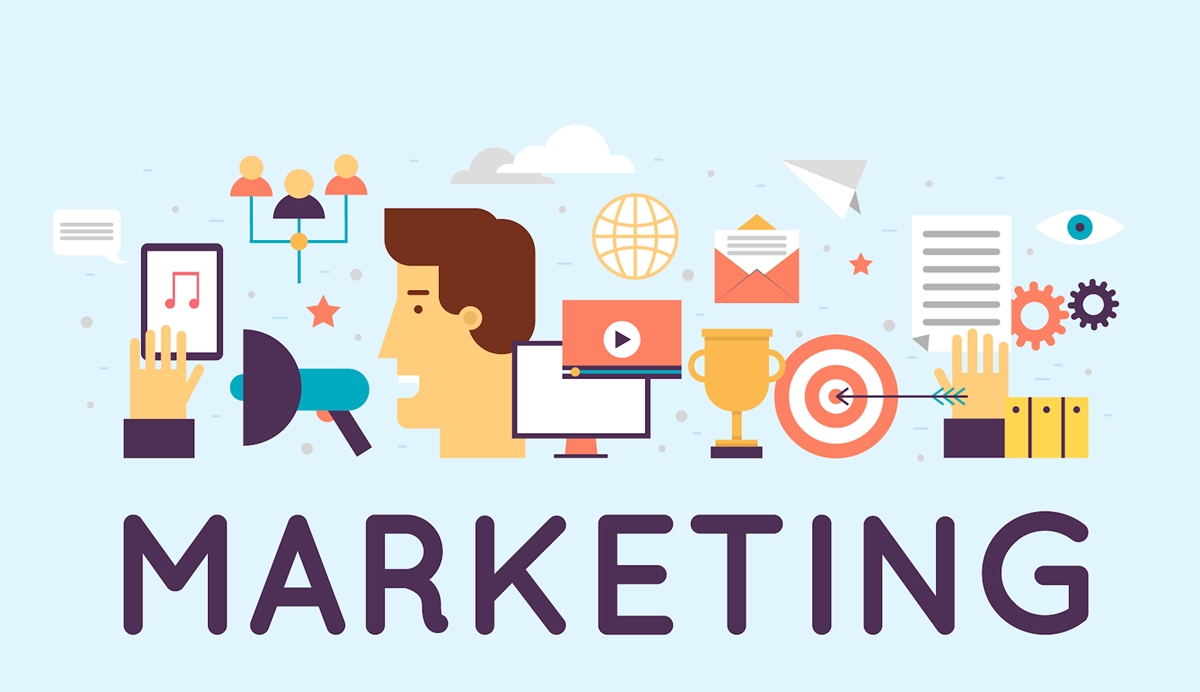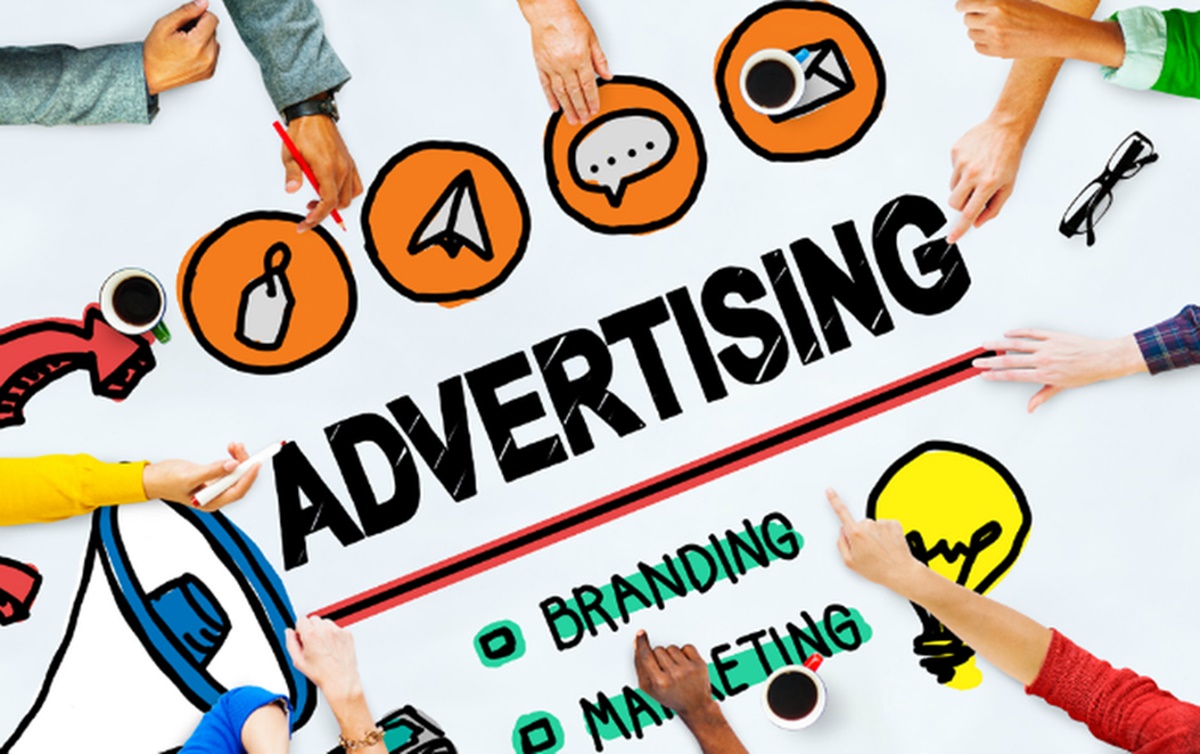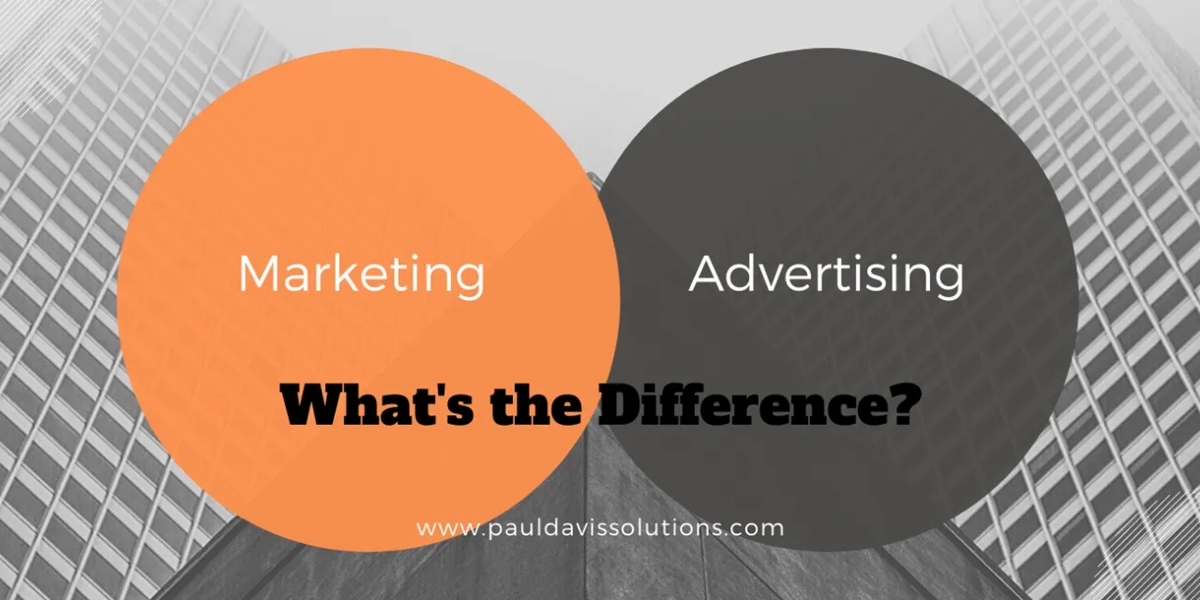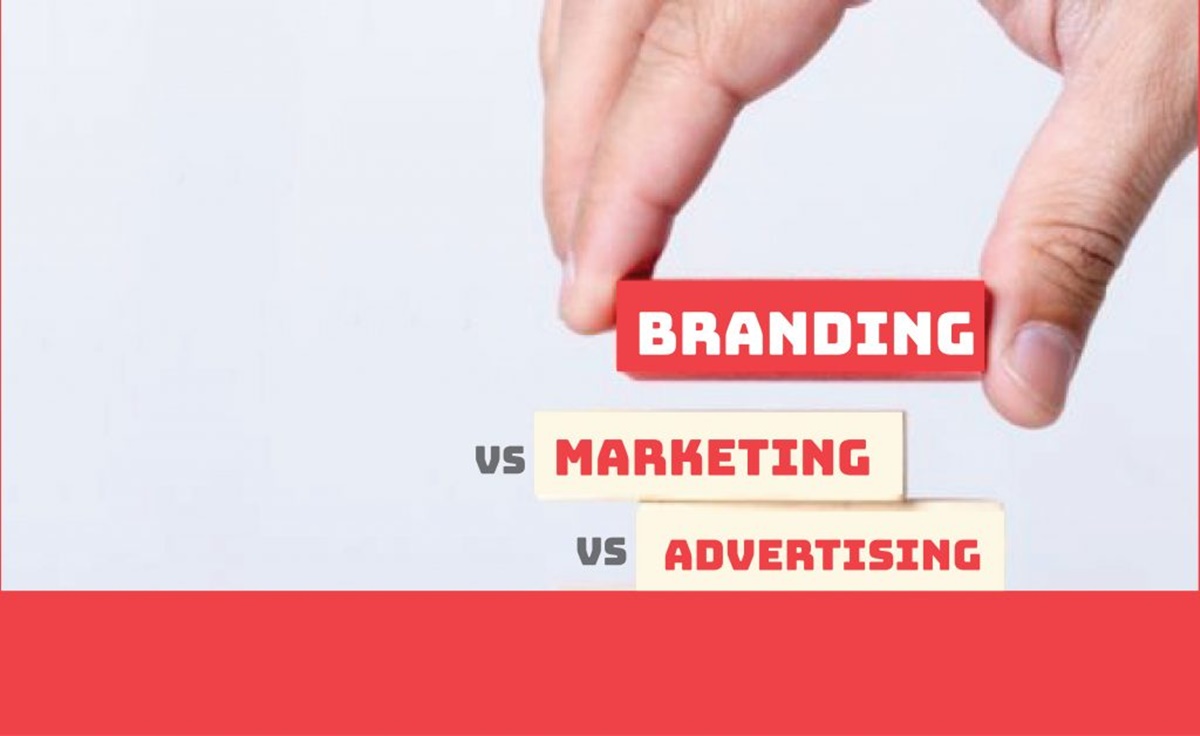Marketing vs Advertising: What are The Differences & Similarities?
If you’re new to the digital advertising landscape or a seasoned marketing vet, you might have noticed that the terms “marketing” and “advertising” seem to be used interchangeably, right? That’s just what lots of people do. At first glance, marketing and advertising do appear to be synonymous; two terms that can be used interchangeably to describe a method that helps you sell more goods or services.
There is, however, a big difference, and being able to distinguish between the two will help you build a more comprehensive, effective approach to achieving your business goals, which will eventually affect your bottom line. In this article, I will explain to you in detail what marketing and advertising are, what differences and similarities they have with one another. Let’s jump right into it.
What is marketing?

Marketing is all practices performed by a business to market and sell goods or services to customers. Marketing uses the “marketing mix,” also known as the four Ps — product, pricing, location, and promotion. At its heart, the purpose of marketing is to take a certain product or service, define its ideal consumers, and attract the attention of the consumer to the product or service available.
Crafting a marketing strategy requires a lot of time and preparation, planning your product for the marketplace, and beginning to create a unique sales proposition (USP) that distinguishes your company from your competition. This idea then serves as a guide or mission statement that helps you develop a marketing plan. You need to consider who your future clients are and what they may want to gain from your goods or services. When you understand how your consumers think and behave, you will identify yourself as a brand and build up content that can speak to them.
Colors, logos, and other design elements must suit the tastes of your target audience. Market research gives you data to support your marketing activities. It lets you know when and where to put ads, helps you gain market share, and provides insight into the best formats to use in your advertisement (such as image, copy, video).
To have a successful promotional campaign, you must perform good market research. It’s market research that helps to determine the target audience and increases the probability of successful acquisition of new customers. Via market analysis, you can assess not only the demand for your goods or services but also the future competition and sales patterns. Marketing firms concentrate on advertising campaigns, tracking consumer behavior across a variety of channels, including surveys and questionnaires, tracking online activity, and even face-to-face interviews with consumers.
The strategy of marketing often includes four main segments, which are also referred to as the 4 P’s: product, placement, price and promotion.
- Product: The first P, Product, refers to all goods and services that business brings to the market in order to satisfy customer demand. It can involve emerging or unsatisfied needs on the market.
- Price: Setting the right price is critical for the success of a product and the business as a whole. There are several considerations involved in determining prices, including profit margins, perceived value of the product, and potential costs of not purchasing the product.
- Placement: Placement is how the product is supplied to the end consumer. Placement includes the analysis and execution of distribution, franchise and exclusive delivery. Place can also indicate retail channels, such as brick and mortar vs. e-commerce, or online distribution sites.
- Promotion: All vehicles of communication used by a brand to relay the message about its products and services fall under this phase of marketing, or where advertising lives.
Related posts
- Reach vs Impressions: Key Differences & Which One To Track?
- Email Marketing vs SMS Marketing
- Instagram Marketing vs Facebook Marketing
What is advertising?

Advertising is an effort to attract the attention of the public, in particular through paid advertisements, for a business’s product or service.
Advertising is a part of a larger marketing plan, and what it does is acquire the right publicity for the goods or services of a business. This increases interest in the minds of the target consumer, builds buy-ins and eventually helps the overall marketing strategy to convert sales. When you understand who your target audience is and how to better communicate with them, your marketing plan will include a strategy to better position yourself in the marketplace.
Although with marketing you can persuade potential customers that you have the right product for them, it is via ads that you demonstrate that the product exists and influence the purchasing behaviour. To do so, ads must be timely and strategic, with an emphasis on creative marketing and publicity.
Communicating with future buyers in the right way means talking to them differently depending on what part of the purchase process they are in. Buyer purchase conduct is divided into four stages (awareness, desire, consideration and purchase), which can be categorized into three groups (cognitive, affective and conative).
Your promotional plan will help you illustrate, educate and promote your product to the right audience through a variety of means during these stages.
- Cognitive (awareness and knowledge): At this stage, your target customers are processing the information that comes from advertising communication. Advertising should provide information about the benefits of the product to create interest.
- Affective (liking and preference): When consumers get to the affective stage, they want to feel connected to the brand. Advertising should be relevant to the audience so that it can create emotional connections.
- Conative (conviction and purchase): At this point, consumers are either showing intent to buy or actually buying. At this point, advertisement is becoming a means of accelerating the buying cycle.
Marketing vs. Advertising: What are the differences?

There are several differences between marketing and advertising. Marketing is a process that involves numerous elements, such as development, analysis, design, planning and data mining. All of this is done in an attempt to understand how a company can better match the idea of a product or service with the target market for that brand.
Advertising, in comparison, is the actual method of making the product or service of the brand known to the target market (and to the general public). Advertising can be seen as a vehicle the brand uses to present the product or service to the public.
Advertising will typically include publicity ads, and creative advertising can be used to boost product visibility. Advertising typically has time limits, and marketers can use different advertising techniques to achieve their desired results.
So what are the main differences here? Marketing strategies need to be built by businesses in the new digital market in order to introduce a product or service to the world. Advertising is simply a part of the marketing strategy; as I mentioned earlier, the two definitions are not synonymous.
The difference is that advertisement is a part of the big marketing plan. Certain marketing elements that operate alongside ads include media planning, market analysis, public relations, delivery, sales management, pricing, and much more.
Simply put, Advertising gets a message out about a product, a service or a brand. Marketing requires requisite market research and analysis so that marketers can make informed decisions, and marketing almost always involves ads.
Marketing vs. Advertising: What are the similarities?

Despite the differences, there are a couple of similarities between advertising and marketing. Marketing requires a great deal of study and practice on how to use media channels to get the message about a brand to the market.
They work hand in hand to accomplish the same target – to release and sell a product or service. Marketing can include issues like customer behavior and market analysis. Advertising also requires more innovative processes such as design and media partnerships. They both work in conjunction to create a brand’s identity and to sell products.
What does this all mean to you as a business?

In order to stand out in an oversaturated competitive market, businesses need to build a marketing strategy that is the overall strategic plan to deliver a product or service to the market. Advertising is a part of that big marketing strategy.
Certain aspects include market analysis, media preparation, public relations, brand and product creation, delivery, positioning and segmentation, customer service, sales strategy and pricing. All of these things require a budget, and advertising is almost always the highest cost of any marketing campaign.
Advertising must fit together with the other parts of the overall marketing plan to convert the entire efforts into sales, and a well-designed ad campaign needs to be conducted on several platforms and at a high frequency to achieve the desired impact.
It is very important to understand how marketing and advertising are different from one another, as well as how they work together, to understand that the allocation of different budgets for each will carry the product to market successfully.
Final words
So, when it comes to marketing vs. advertising, which one brings you the revenue? The exact answer is neither of them alone! Marketing and advertising have a close and symbiotic relationship. A good marketing strategy requires well-researched and well-executed ads across channels and mediums, and the best advertising campaign in the world cannot reach its full potential without a robust marketing strategy.
Therefore, instead of thinking of your campaign as “marketing vs. advertising,” you should think about it as “marketing and advertising” in order to achieve the best possible results.
I hope this article has explained clearly to you what the differences are between advertising and marketing. Now, go and come up with a brilliant marketing plan, and use advertising to make that marketing plan succeed!
New Posts








